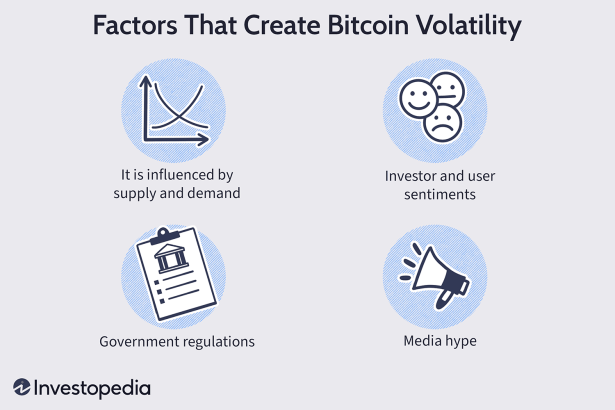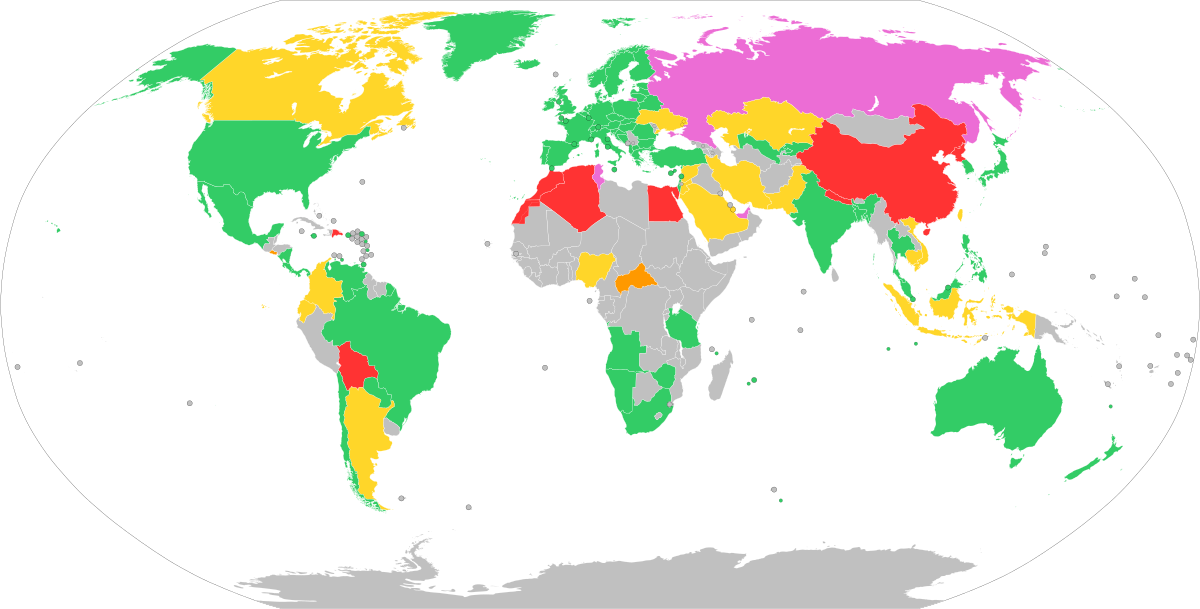What are the top reasons that contribute to Bitcoin volatility? Here is a guide on a few factors contributing to Bitcoin volatility.
Bitcoin volatility is the price it pays for its limited supply and lack of a central bank. Most people consider this digital money the most volatile cryptocurrency because it fluctuates significantly in price despite rising by fifty times in the last five years. As a result, volatility measures how much this digital asset’s price has increased or decreased over time.
There are a few reasons why this electronic money has such a volatile price history. In this article, let’s look at the many factors contributing to Bitcoin volatility.
Demand and Supply
The value of this virtual asset is highly affected by demand and supply, just like any other product that people need. The collection of Bitcoin plays a vital role in rapid price movements. In this case, the digital currency gets much public attention, but its market capitalization is only 1$ trillion, which is only 10% of the gold market cap.
As a result, it is possible for a single entity or wealthy individual to single-handedly affect the price by buying or selling this virtual money. That is, if a large holder of this electronic money decides to sell, then the supply of the currency increases significantly in a short period.
Bitcoin is Still New
People have used Bitcoin for a short period compared to gold and fiat currencies which are considered stable commodities. So, the digital asset is still in its finding phase. That explains why the price of the digital currency will change as investors, users, and the government work through the early growth problems and interests until the price stabilizes, that is, if Bitcoin can attain a stable point.
Additionally, the world is still figuring out how this electronic asset will fit into the global economy, and people refine ideas about this currency regularly. As a result, the price of this digital currency will continue to fluctuate.
Internal Regulation
A fixed guide of rules does not regulate Bitcoin, but its creators handle projects based on the people that use them. However, investors prefer to invest where things are stable and hard to change. On the other hand, that is not the case with Bitcoin. Reliable and durable management where things are hard to adjust is essential to ensure regular pricing.
Competition from Other Cryptocurrencies
Many different cryptocurrencies come up daily, with new tokens and programs emerging almost daily. Developing a cryptocurrency highly depends on creating a network of users for that cryptocurrency.
Ethereum has been creating some stiff competition for Bitcoin. Also, the Chinese government recently introduced a digital currency known as the digital Yuan. On the other hand, none of these cryptocurrencies has managed to beat Bitcoin in adoption, usage, and market capitalization. If a new cryptocurrency is introduced in the market and gains speed, it takes value from the existing leading cryptocurrency, and as a result, the price of the latter goes down while that of the new one increases. As a result, the creation of new cryptocurrencies affects the price of Bitcoin.
Cost of Production
The mining process results in the creation of new Bitcoin tokens, using a computer to validate the next block on the blockchain. At the end of the process, the miner yields a prize in the form of a virtual currency token.
Generally, the mining process needs computing power, making miners invest in costly technology and electricity to mine Bitcoin. The expense of mining Bitcoin rises as better appliances are required to mine, thus affecting the volatility of the electronic currency.
Conclusion
All the above factors contribute to the volatility of this digital asset in one way or another. Understanding how these factors cause Bitcoin volatility can help you excel as a crypto trader or investor.





Top Reasons for #Bitcoin Volatility by Jazib Zaman
#Cryptocurrency #BitcoinVolatality
https://t.co/HLef4Kjq3v https://t.co/7aStEf9WzV
Whys nonee talkin about this??? https://t.co/z10HK8YGQ5 … .
@TechEngage It works very good thanks!
🔥NEW PROJECT ALERT 🔥
❗️#VERSECASINO PRESALE ON #PINKSALE ❗️@VerseCasinoGame
25% to top 5 contributors
‼️ SOFT CAP BNB 20‼️
Liquidity: 55%
Liquidity Lock: 370 days Tax 5% buy/sell
#SAFU #Fairlaunch #BSC #BSCGems.
JOIN US 👉 https://t.co/3LjajgRlWJ
#visionarydefi #LunaR #lunasrebirth #crypto #cryptocurrencynews #cryptos #lunc #cryptonews https://t.co/sQizbmNbmk
#SPOOKYSHIBA is passing hints 👀
Take a quick look for yourself and invest just as quick. The moon is only the first stop for #SPKY
https://t.co/mr5rmuxwb9
@shibaspooky @gerhardhacher @shibtoken #shibainu #bnb #safemoon #bsc #p2e #Bitcoin #ETH #Binance
https://t.co/VUCip3m3zI
Hydra token has the best community ever! The Dev Team is Doxxed! Join our telegram asap!